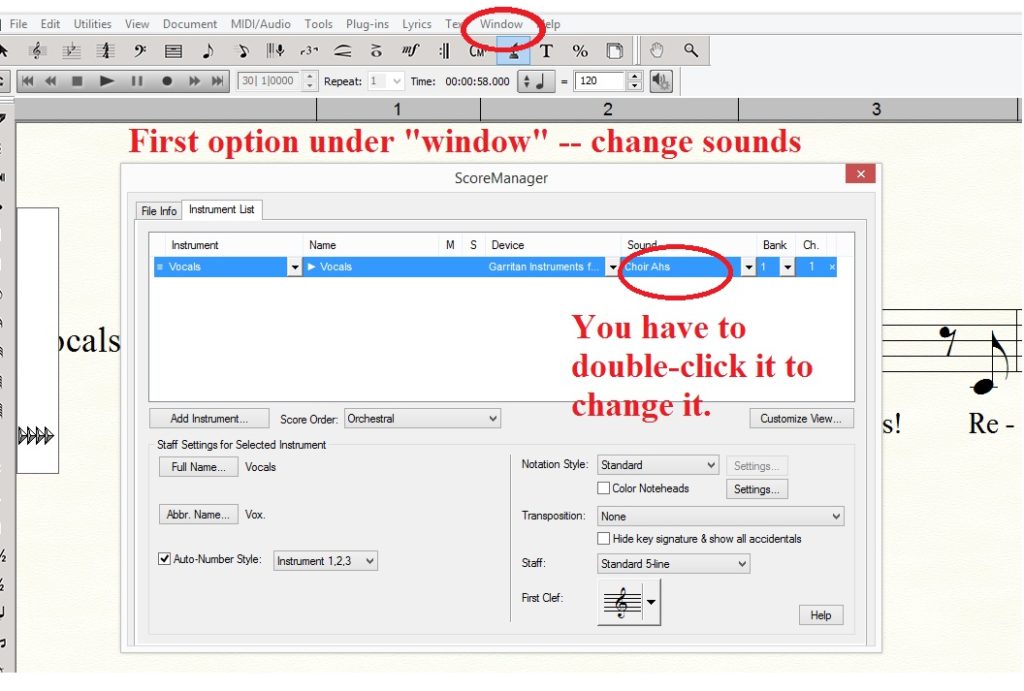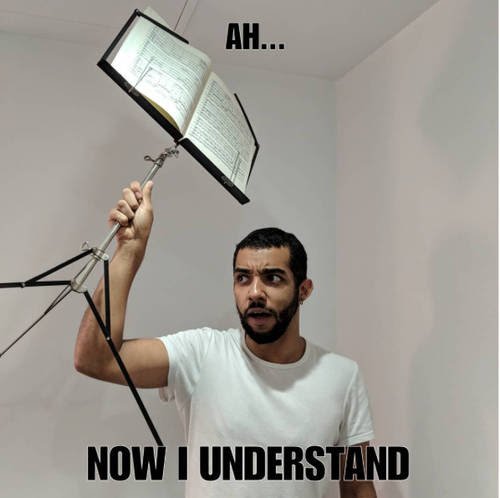I love this video where David Bennett talks about recreating “I am the Walrus”. He used dozens? of virtual instruments in his DAW and was very thankful to have a new computer that could stand up to the load.
Category Archives: music software
May 14, 2023 — Some recent inspiration
I’ve been inspired lately by authors Hank and John Green, who have been making a series of weekly 4-minute videos for the past FIFTEEN YEARS. The videos are in vlog format and are an endearingly random mix of comedy, inspiration and information. I’ll be talking more about them later; but one of the things I especially appreciated was “we gradually got better at this by making a lot of cringey vids and a lot of mistakes”. Here John talks about how therapy (both physical and mental) is a way of re-wiring the brain.
Another inspiration lately has been the music “connections” I have made through Youtube and Twitter. (I’m using scare quotes because the connections are 99 % one-way. ) My favorite content creators don’t interact with me (except for “thankyou to my Patreon subscribers for your support!” and the occasional “like” on Twitter), but I do know a fair amount about them — their challenges, their creative process, which instruments they play, where they went to music school and how that affected them, etc. I enjoy knowing these things and it helps me to feel like I AM part of a music community even though currently I don’t have any interactions with musicians IRL.
A recent Twitter music connection happened when a relatively new Twitter follow of mine posted a fascinating thread on “Perlin noise”.
Lets talk about a single texture that's been a huge game changer in the world of gaming.
And the crazy part? You probably haven't even noticed it. This texture is literally EVERYWHERE. And there's something pretty special about it that's made it so popular.
Another big🧵 pic.twitter.com/csW1zvz8he
— Thomas @ Stylized Station (@StylizedStation) May 12, 2023
It’s used in visual textures in video games — an obvious example is the Fog Gates in the Dark Souls series, but it’s also used for hundreds of other things such as rippling grass, reflections on water, and elevations on a map. And music! It can be used to add texture to music. When I searched for “Perlin noise” and “soft synth” I found a link to a softsynth called Vital
https://vital.audio/
and learning more about that, I found a whole series of videos by Venus Theory. Here’s one specifically about Vital
Cameron’s videos are very different from my usual music education content (ex. Adam Neely, 8bit Music Theory, David Bruce Composer). I was curious about his background, which led me to this interview
What he had to say about his work process and his path as a musician was very helpful, like “OK (deep sigh), yeah, I’m ready to come back to making music again”.
Recent Fun with Finale
Ah yes, Finale. Drag and drop notes while banging your head on the desk.
I did make some good progress while working on a project for church. The goal was to make a version of “Thanks for the Memory” that was created to honor our former choir director. I wanted to keep the tune and rhythm as close to the original as possible, but I did have to make some changes. I got stuck several places, but because the project was so important I actually RTFM’d and searched for the answers online. Here’s some notes.
Quick way to add measures, one at a time
Get rid of an extra page
I want it to start playback where I was working, rather than going all the way back to the beginning.
This dropdown menu also allowed me to vary the amount of swing. I wrote the melody with straight eighth notes, but it did not sound that way when sung by Bob Hope!
I wanted to use piano rather than the cheesy Vox setting they gave me when I set the staff up as “voice”.
Software to write MIDI files in Python
https://code.google.com/archive/p/midiutil/
MIDIUtil is a pure Python library that allows one to write muti-track Musical Instrument Digital Interface (MIDI) files from within Python programs. It is object-oriented and allows one to create and write these files with a minimum of fuss.
MIDIUtil isn’t a full implementation of the MIDI specification. The actual specification is a large, sprawling document which has organically grown over the course of decades. I have selectively implemented some of the more useful and common aspects of the specification. The choices have been somewhat idiosyncratic; I largely implemented what I needed. When I decided that it could be of use to other people I fleshed it out a bit, but there are still things missing. Regardless, the code is fairly easy to understand and well structured. Additions can be made to the library by anyone with a good working knowledge of the MIDI file format and a good, working knowledge of Python. Documentation for extending the library is provided. If you don’t have a good understanding of MIDI (and don’t want to acquire one), feel free to request an addition.





